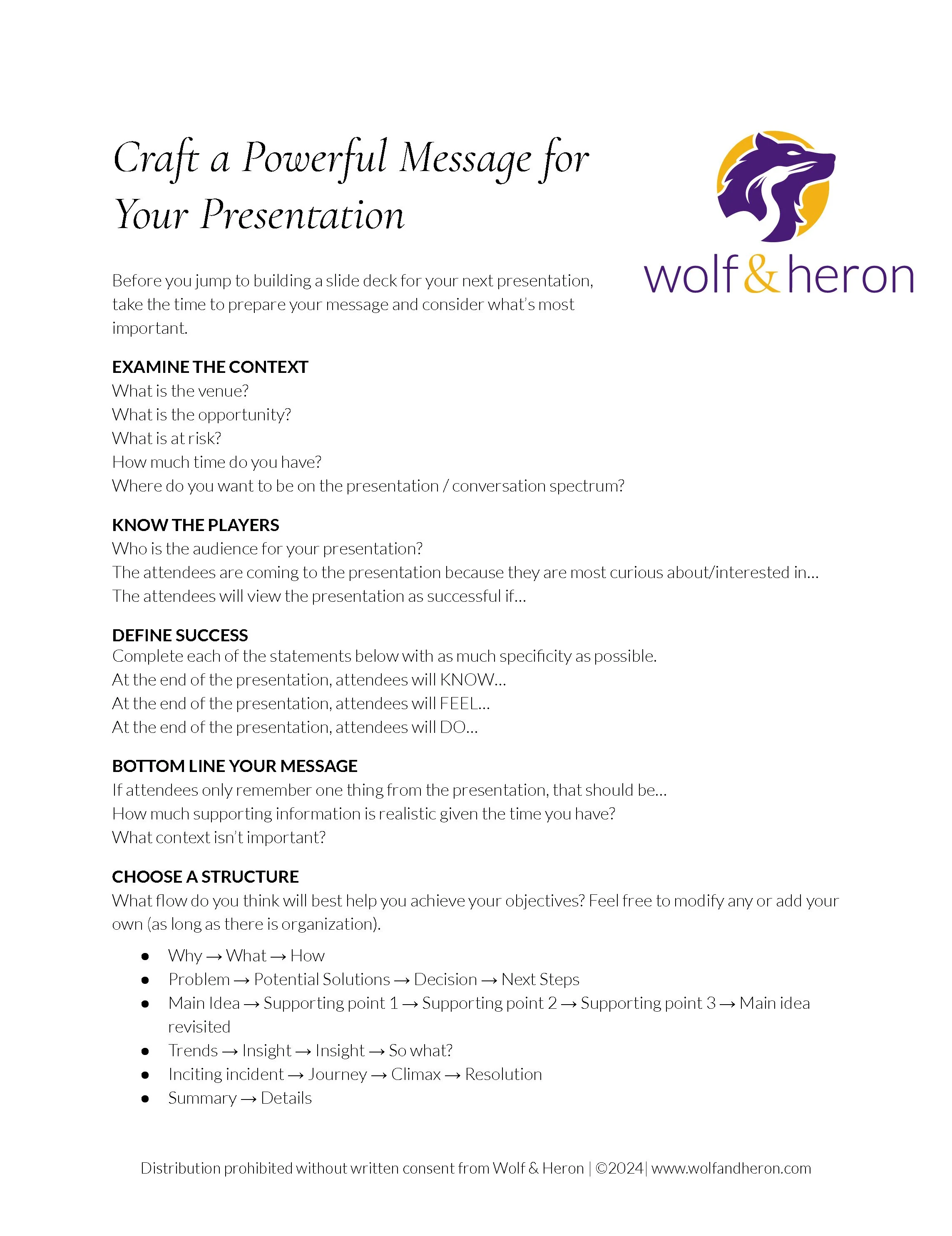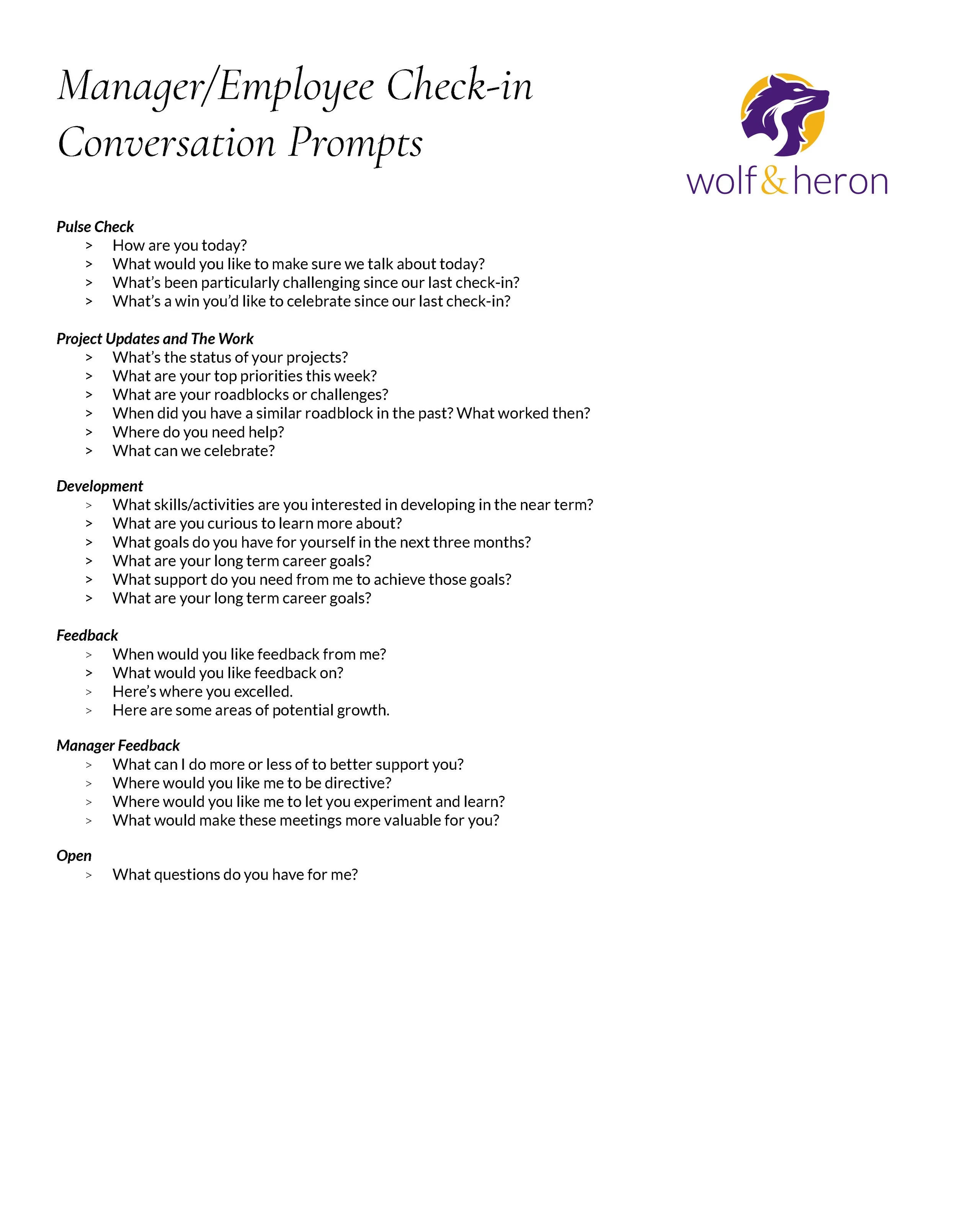Fall is conference season. For many professionals, at some point in the fall, they’ll pack their bags, head to a hotel and mix with industry peers. There’s a lot to gain at conferences—knowledge, skills, relationships—but it can be hard to capitalize on all that conferences have to offer in the moment. Here’s a step by step approach to maximize the conference value when you’re back at your desk the following Monday and have a chance to take a breath.
Process Conversations are great opportunities for leaders to inspire others, generate buy-in, and drive engagement. AND they’re an access point through which to engage and inspire UP the chain of command as well.
Read More




















